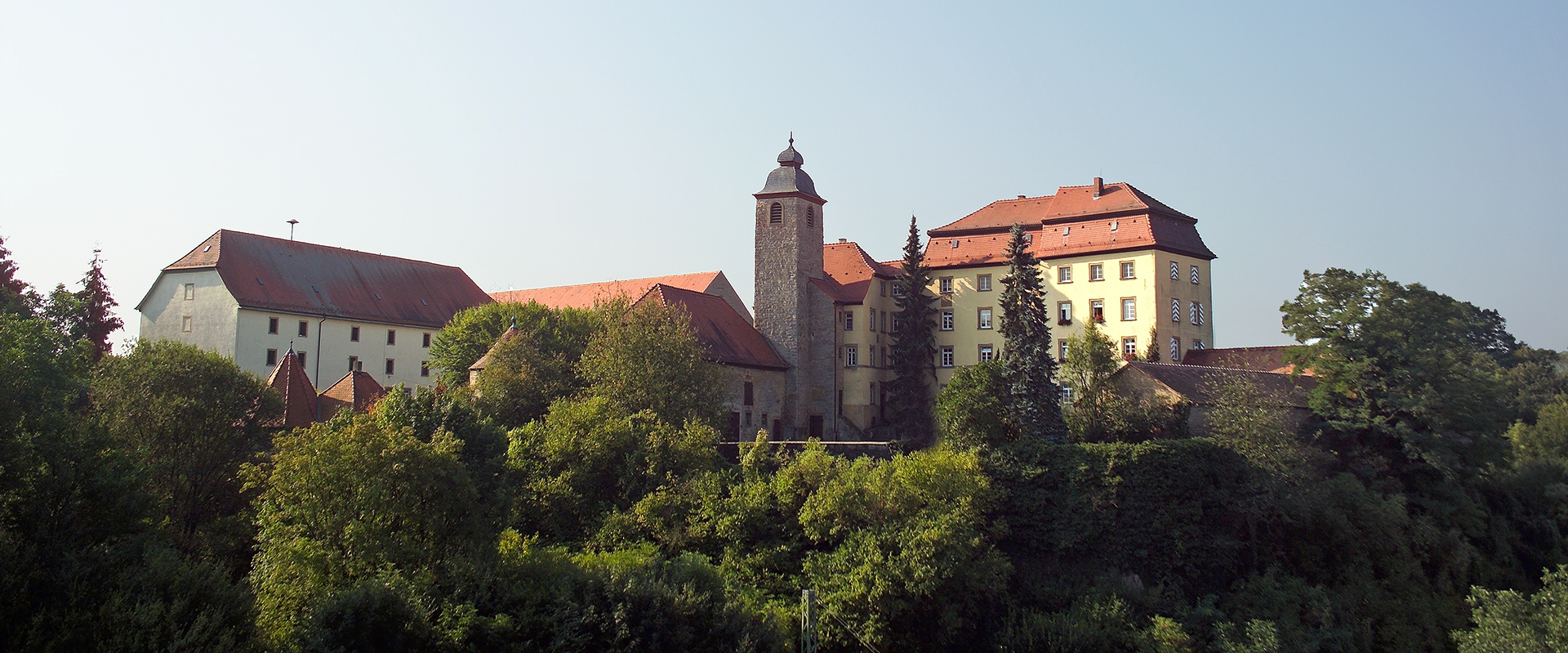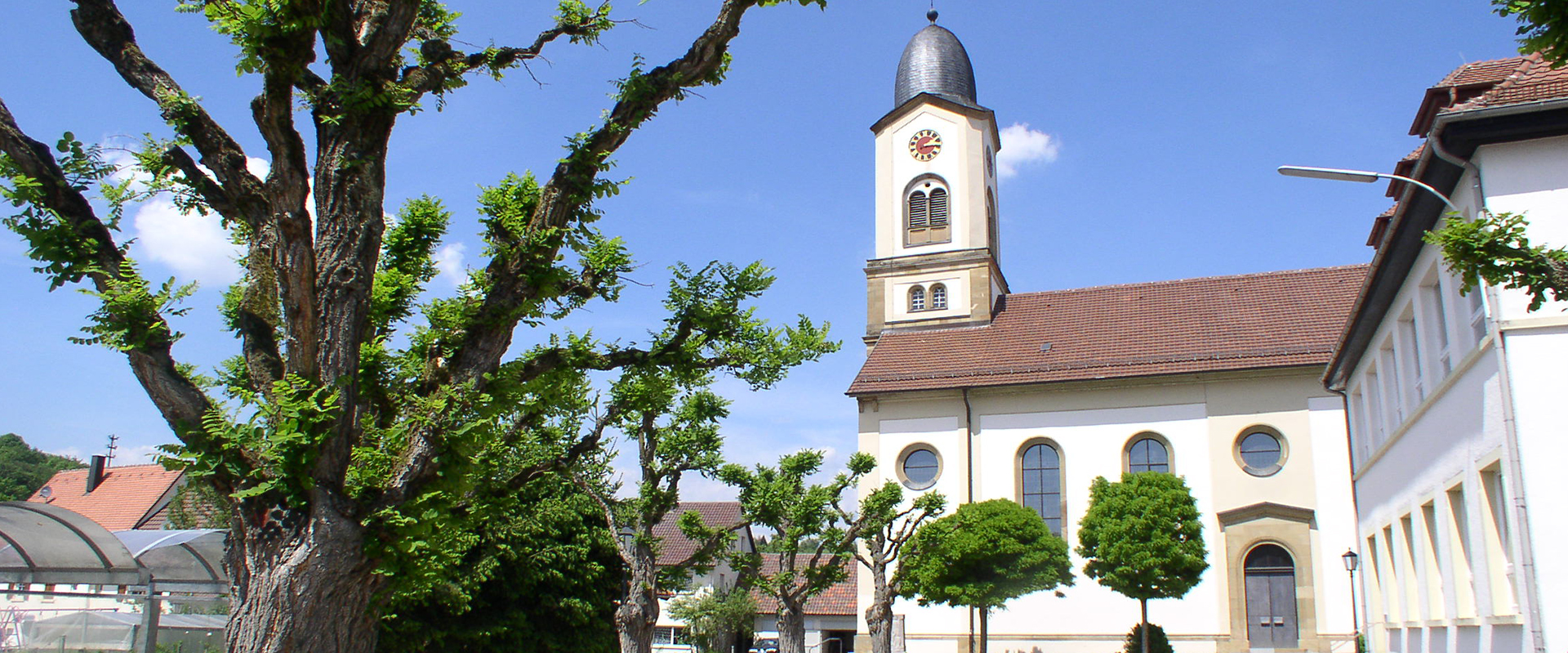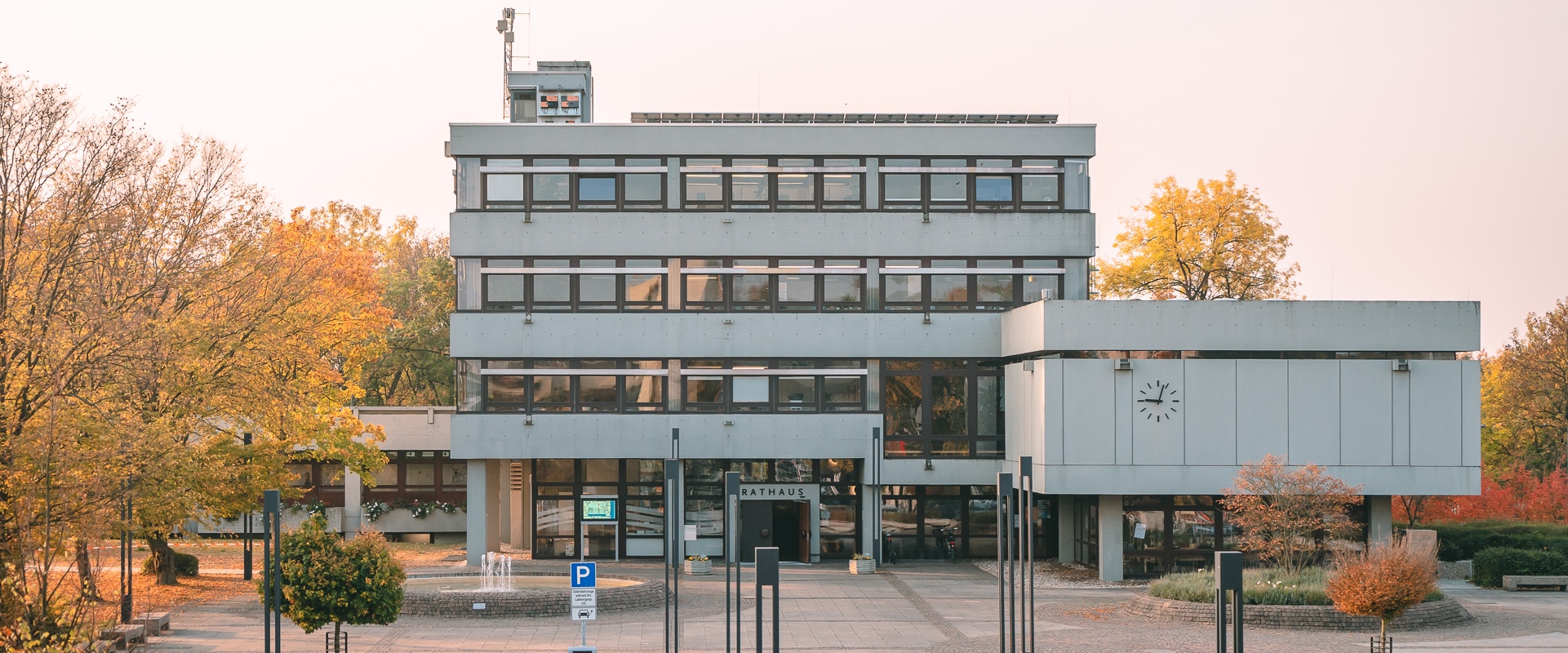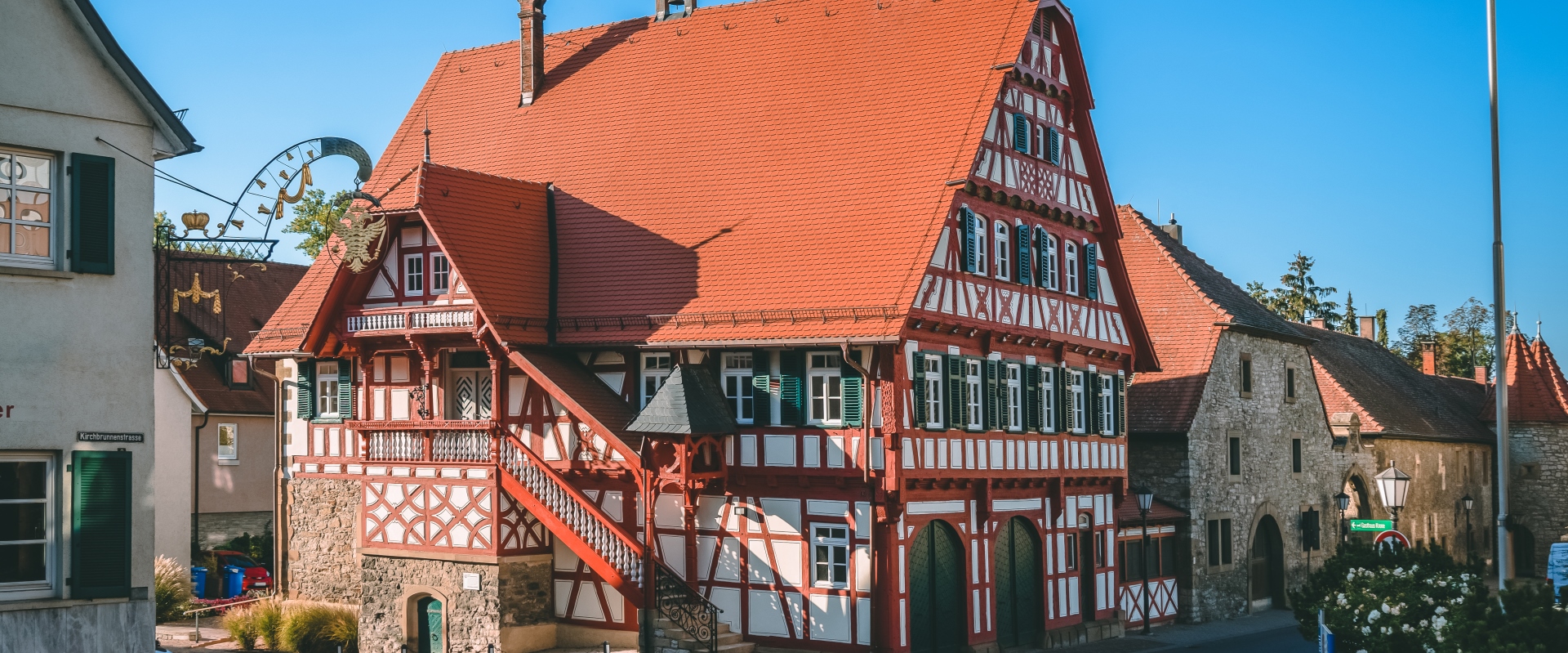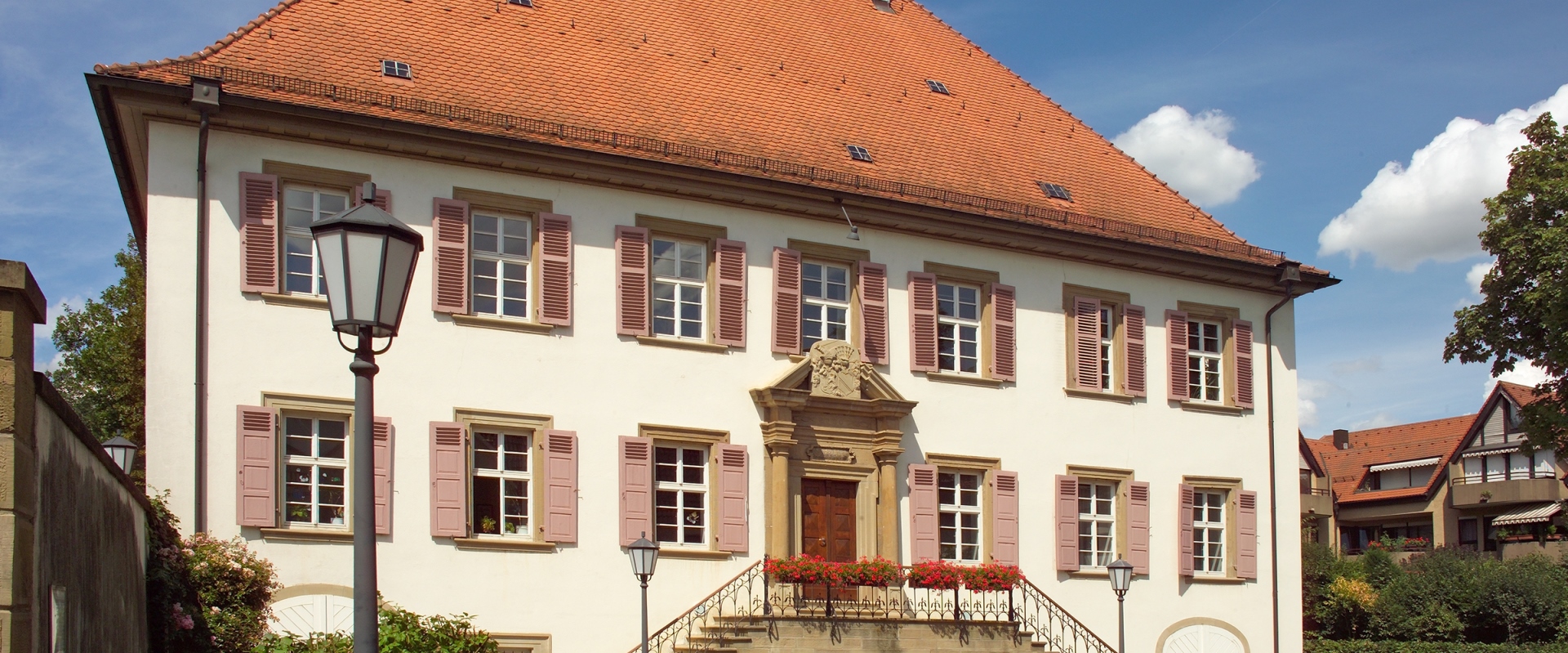Concentra8on Camp for 1,500 Prisoners
In August 1944, the state-run paramilitary construction organization *Organisation Todt* established a concentration camp at this site. The camp consisted of barracks, barbed wire, an electrified fence, and four watchtowers. West of the dirt road that existed in 1944, additional barracks were built for the SS guards. The camp was one of numerous satellite camps of the Natzweiler concentration camp in Alsace. Its primary function was to provide slave labor for construction projects and armaments production facilities.
On August 21, parts of the SS guard unit arrived and assisted in setting up the camp. The construction was still incomplete when, on September 3, a transport carrying 653 prisoners and their guards arrived. These prisoners had been evacuated from Lorraine ahead of the advancing U.S. Army and redirected to Kochendorf. As the camp was too small to accommodate this number of prisoners, some were temporarily sent to Heilbronn to help build another concentration camp. The Kochendorf camp was subsequently expanded, with the SS constructing additional barracks and two more watchtowers.
Living conditions in the camp were harsh. The standardized barracks of the RLM and RAD types provided inadequate protection against the cold in winter. Wood for the small stoves in the prisoners' barracks was often unavailable. Rain frequently turned the campgrounds into muddy terrain, creating large puddles in which prisoners often lost their wooden clogs. When 700 prisoners from KZ Sachsenhausen arrived on October 1, the camp expansion was still incomplete, forcing many prisoners to stay in tents.
From the camp, prisoners marched in columns to their workplaces at the salt mine and other locations in the area. Two executions took place in the center of the camp. On October 26, 1944, the SS hanged Miklos Klein, a Hungarian Jew, for alleged sabotage. On November 7, Viktor Ivanoff, a Russian prisoner of war, was hanged after being captured following a two-day escape. Ivanoff refused to reveal the hiding place of two fellow escapees. All camp prisoners were forced to attend these executions, during which, according to witnesses, dramatic scenes unfolded.
The camp remained in operation until March 30, 1945. The last prisoners were transported to Dachau as the frontlines approached. Shortly before its dissolution, the camp reached its maximum capacity of 1,500 prisoners, guarded by approximately 90 Waffen-SS soldiers and personnel from *Organisation Todt*.
The Camp Site after the War
After the war, local residents scavenged the abandoned barracks for anything useful—ladles, pots, galvanized posts from the electrified fence, paint, and even entire barracks. In 1946, individuals deemed to be Nazi collaborators were ordered by the district administrator (likely under direction from the U.S. militar government) to dismantle the remaining camp structures as part of the so-called "honor service”. Only the foundations of concrete buildings remained. Two of these foundations, located next to the current memorial stone, were removed in 1990. Another foundation, now covered with soil, still exists in the nearby field.
The memorial stone commemorating the crimes committed at the KZ Kochendorf was erected in 1996.


